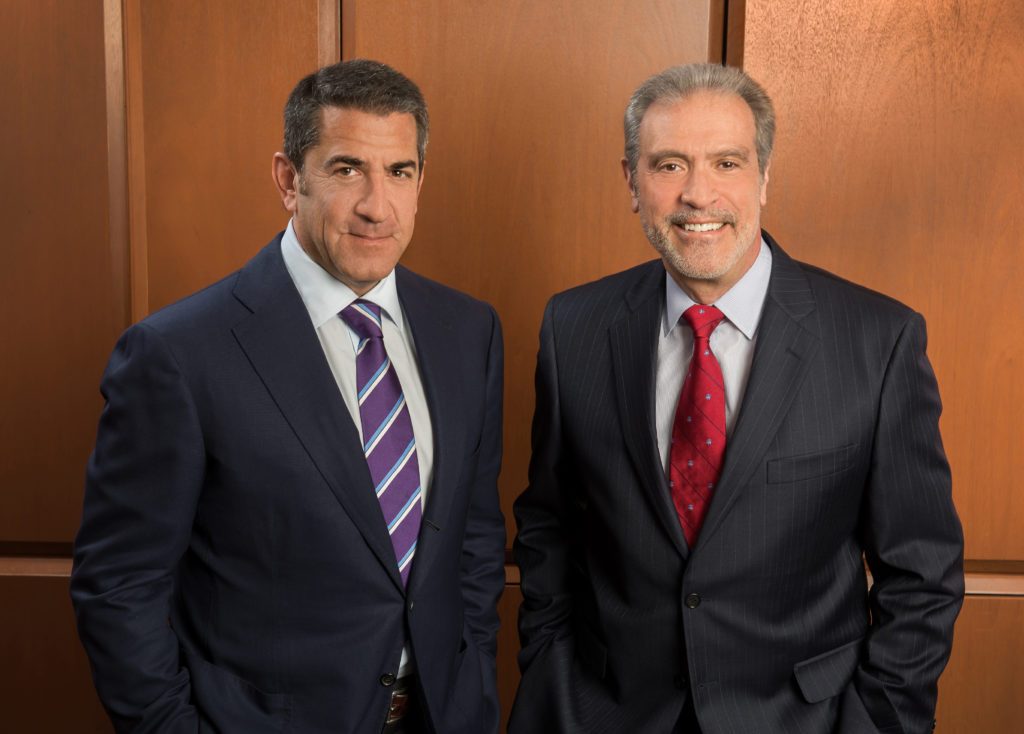Let’s imagine a scenario where you are cooking breakfast. You cut up some vegetables for an omelet, pop some bread in the toaster and turn on the coffeemaker. If at some point in this process, you get hurt because of one of the tools or appliances you are working with, you may have questions about whether or not that product is defective.
However, just because something causes injuries doesn’t mean it is necessarily defective. In order to illustrate this point, let’s look at the above scenario more closely.
If you are cutting vegetables and you get hurt when the knife slices your finger, it doesn’t mean the knife is defective or that it was designed or manufactured improperly. In order for it to work as expected, the knife must be sharp. This is known as an unavoidably unsafe product.
Let’s imagine your toaster sparks and starts a fire while toasting bread and you suffer serious burns because of the fire. This could certainly be considered a product defect if the sparking happened because the toaster wasn’t safely made and/or designed. If, however, you stick your finger in the toaster while it’s on and you get burned, you likely will not have a claim, particularly because in most cases, the toaster will have come with warnings not to do things like that.
Now, let’s imagine you get cut after your coffeepot breaks and shards of glass cause serious injuries. If the pot broke because you dropped it, there would be no indication of it being defective. If the pot broke because the glass used to make it could not withstand high temperatures, that could be considered a defective product since it broke while being used for its intended purpose.
Product liability cases can be more complicated than people realize because there can be considerable confusion over whether a product is defective in the first place. Further, it can be a challenge to establish which party should be held accountable should a defect exist. Working with an attorney to pursue a legal claim can help you understand your options and how you can move forward.

